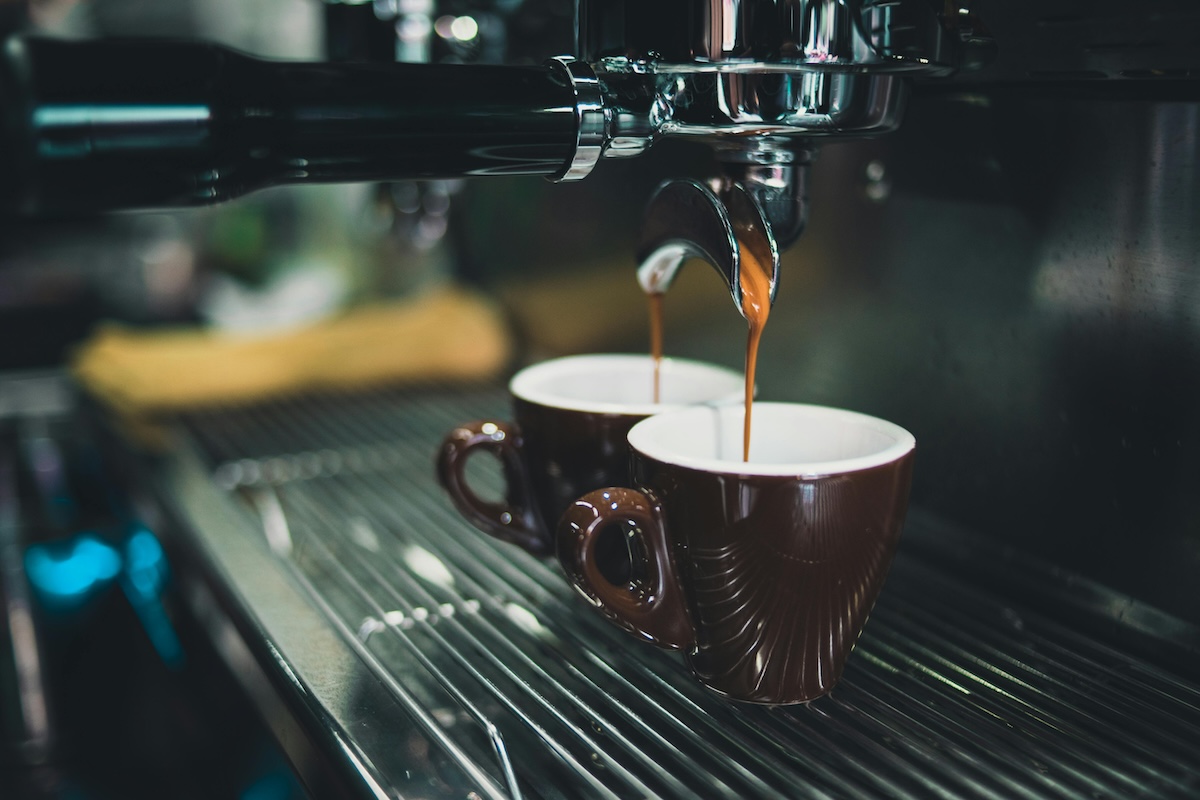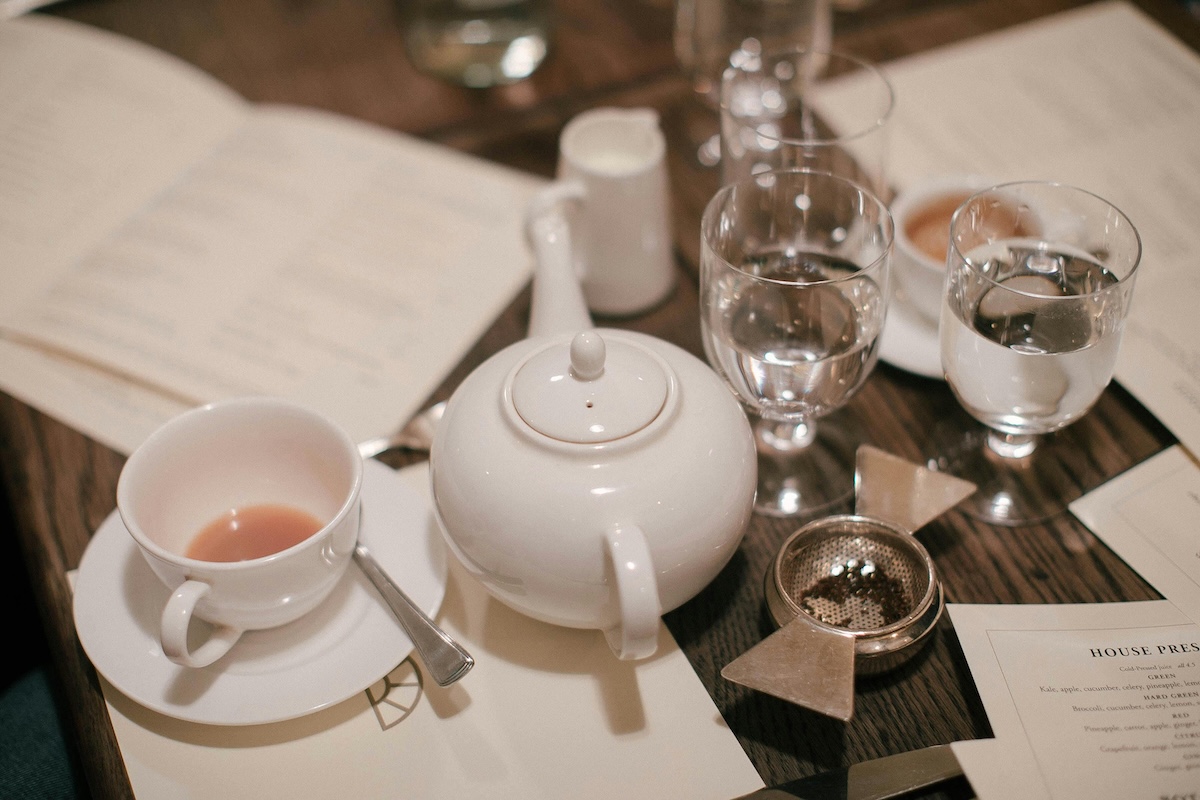Fika vs Afternoon Tea: Understanding the Differences
Two Traditions, Different Approaches
While both fika and afternoon tea involve taking a break with hot beverages and sweet treats, they represent very different cultural traditions and approaches to life. Understanding these differences helps us appreciate the unique qualities of each tradition.
Both traditions celebrate the importance of taking time to pause and enjoy, but they do so in distinctly different ways that reflect their cultural origins and values.

The Timing: When They Happen
Fika: Fika can happen multiple times throughout the day—morning, afternoon, or evening. There are no strict rules about when fika should occur. It's flexible and adaptable to your schedule and needs.
Afternoon Tea: As the name suggests, afternoon tea is specifically served in the afternoon, typically between 3:00 and 5:00 PM. It's a more structured and time-specific tradition.
The Formality: Casual vs Formal
Fika: Fika is inherently casual and democratic. It can happen anywhere—at home, at work, in a park, or at a café. There are no strict rules about presentation or etiquette. It's about comfort and connection.
Afternoon Tea: Afternoon tea is more formal and ritualistic. It's often served in elegant settings with specific etiquette, including how to hold your teacup, which foods to eat first, and proper table manners.
The Beverages: Coffee vs Tea
Fika: Coffee is the star of fika. Swedes are among the highest coffee consumers in the world, and fika is primarily about enjoying good coffee. While tea is sometimes served, coffee is the traditional choice.
Afternoon Tea: Tea is the centerpiece of afternoon tea. The tradition was created to bridge the gap between lunch and dinner, and tea is served with milk and sugar according to personal preference.
The Food: Simple vs Elaborate
Fika: Fika food is typically simple and homemade. Think cinnamon buns, cookies, or simple cakes. The focus is on quality and comfort rather than elaborate presentation.
Afternoon Tea: Afternoon tea features a more elaborate spread, often served on a tiered stand. It typically includes finger sandwiches, scones with clotted cream and jam, and various pastries and cakes.
The Social Context: Equality vs Hierarchy
Fika: Fika reflects Swedish values of equality and egalitarianism. Everyone participates in fika, regardless of their position or background. It's a democratic tradition that brings people together on equal terms.
Afternoon Tea: Afternoon tea has its origins in British class society and was originally a way for the upper classes to socialize. While it has become more accessible, it still carries associations with formality and tradition.
The Purpose: Connection vs Ritual
Fika: The primary purpose of fika is connection and well-being. It's about taking time to pause, connect with others, and enjoy the moment. It's a practical way to maintain relationships and mental health.
Afternoon Tea: Afternoon tea is more about ritual and tradition. It's a way to honor British customs and create a special occasion. It's often associated with celebration and hospitality.
The Frequency: Daily vs Occasional
Fika: Fika is a daily tradition that happens multiple times throughout the day. It's integrated into the rhythm of daily life and is considered essential for well-being and productivity.
Afternoon Tea: Afternoon tea is typically a special occasion or weekend treat. While some people may have tea daily, the full afternoon tea experience is usually reserved for special times.
The Setting: Anywhere vs Specific Places
Fika: Fika can happen anywhere—at home, at work, in a park, or at a café. The setting is flexible and adaptable to the situation and participants.
Afternoon Tea: Afternoon tea is often served in specific settings like tea rooms, hotels, or elegant homes. The environment is part of the experience and contributes to the formal atmosphere.
The Cultural Significance
Fika: Fika is deeply embedded in Swedish culture and reflects Swedish values of balance, equality, and well-being. It's a practical tradition that supports the Swedish approach to work-life balance.
Afternoon Tea: Afternoon tea is a symbol of British culture and tradition. It represents hospitality, refinement, and the importance of taking time for proper social interaction.

Which One Should You Choose?
The choice between fika and afternoon tea depends on your preferences and circumstances:
- Choose fika if: You prefer casual, flexible gatherings; you want to focus on connection and well-being; you enjoy coffee and simple, homemade treats.
- Choose afternoon tea if: You enjoy formal, ritualistic experiences; you want to celebrate special occasions; you prefer tea and elaborate food presentations.
Of course, you don't have to choose one over the other. Many people enjoy both traditions for different reasons and in different contexts.
Bringing Both Traditions Together
You can also create your own hybrid tradition that combines the best of both worlds. Take the casual, connection-focused approach of fika and combine it with the elegant presentation and variety of afternoon tea.
The key is to focus on what matters most to you: taking time to pause, connect with others, and enjoy good food and drink in a way that feels meaningful and authentic.
Conclusion
Both fika and afternoon tea are beautiful traditions that celebrate the importance of taking time to pause and enjoy life's simple pleasures. While they have different origins, purposes, and styles, they both remind us of the value of slowing down and connecting with others.
Whether you prefer the casual democracy of fika or the elegant ritual of afternoon tea, both traditions offer valuable lessons about how to live a more balanced, connected, and enjoyable life.